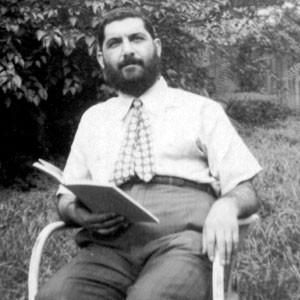2004
10. "Niggun Shalosh Tenu'ot"
Samuel Zalmanoff, self-recording,Jerusalem 1968.
An important Lubavich niggun of devequt. Sung by Samuel Zalmanoff (1904-1975), who was appointed by the last Rebbe of Lubavich, R. Menachem Mendel Shneersohn, to coordinate the work of collecting and preserving the repertoire of the Lubavich movement and disseminating it. The literal meaning of the name of the niggun is "niggun of the three movements," where "movement" (Heb. tenu'ah) is used in the sense of a musical phrase: each phrase in this niggun was traditionally composed by a different Hasidic leader. The first was composed by the founder of Hasidism, R. Israel Ba'al Shem Tov (the Besht); the second, by his successor R. Dov Ber (the Maggid of Mezhirech); and the third by the founder of the Lubavich dynasty, R. Shneur Zalman of Lyady (see Zalmanoff, "Index of niggunim," p. xlvii). R. Tuviah Bloy (b. 1936), a leading member of Lubavich in Jerusalem, adds that each "tenu'ah" epitomizes the teachings of its composer. While singing it, therefore, the Hasid should direct his thought to the inner meaning of the "tenu'ot." Analysis of the niggun in different performances reveals that each "tenu'ah" (except for a four-bar opening) repeats the previous "tenu'ah" precisely, but pitched one fifth higher. A singer unable to sing the third "tenu'ah" a fifth above the second transposes one octave down. At Lubavich hitva'aduyot (see above, no. 9) the niggun is sung, like many other niggunim, several consecutive times, but from the second time on the opening bars are not repeated. As a result, one cannot determine when the niggun is begun for the second or third time, giving the impression of a niggun of one section repeated innumerable times, each time in a different register. In this recording Zalmanoff sings the niggun only once, performing the third "tenu'ah" one fourth below the second, as if unable to reach the higher register.
"Niggun shalosh tenu'ot' is not associated with a specific event. However, at hitva'aduyot of particular gravity it is sometimes customary to sing a sequence of niggunim (the Hasidim call this a "seder niggunim") without interrupting talks, correlating the sequence with the Tsaddikim of the dynasty, one niggun for each Tsaddik. This sequence begins, naturally, with the "Three tenu'ot" niggun.
The niggun has been transcribed twice (Zalmanoff, vol. I, no. 20; idem, vol. II, p. 182). The version recorded here resembles Zalmanoff's second version.






